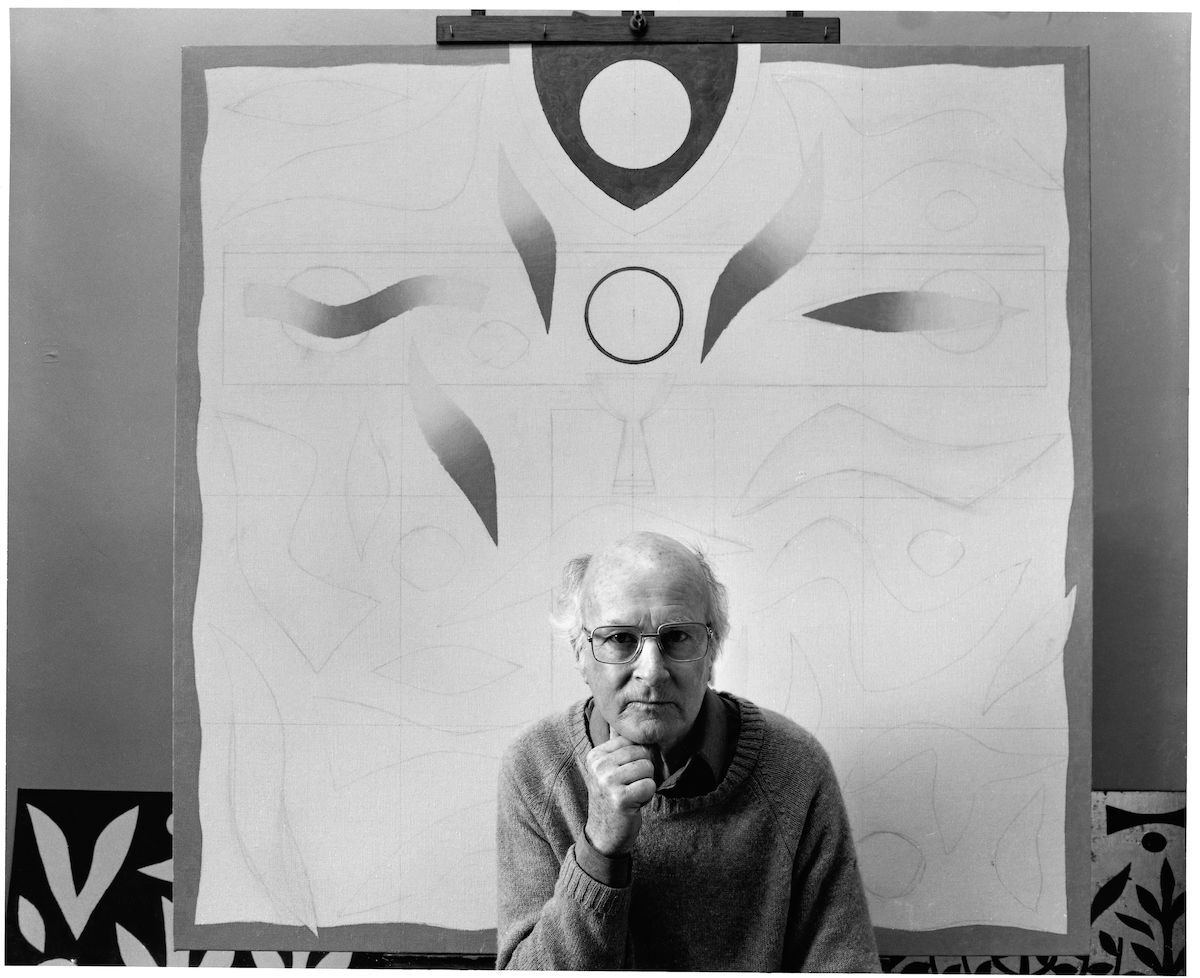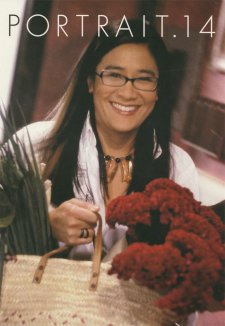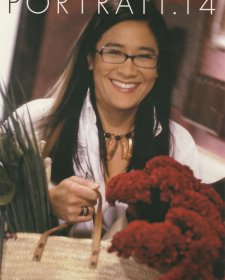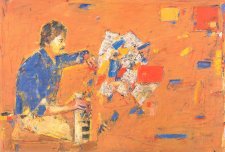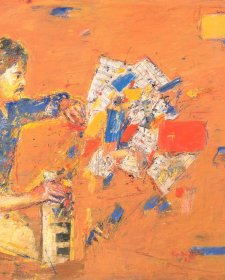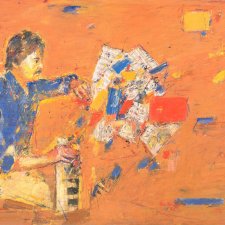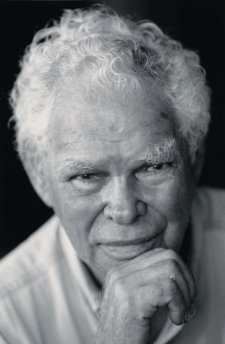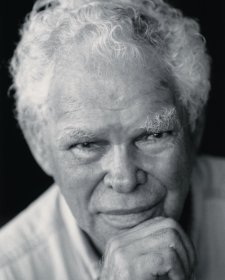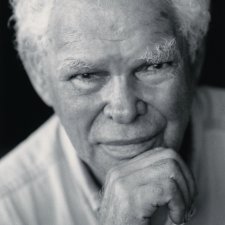Photographer Greg Weight has been taking portraits of Australia's visual artists for over 30 years. For the last 12 years he has had the generous support of Pat Corrigan and has recently received sponsorship for his book titled Australian Artists - Portraits by Greg Weight.
The book, which presents 100 black and white portraits of more than 80 artists, has been described by Pat Corrigan as an 'important record of many of Australia's creative masters'. It provides an insightful look at some of the most creative, interesting, inspiring and important art practitioners within Australia from the 1970's to the present day. Pat Corrigan has now made a gift of all the photographic prints to the National Portrait Gallery.
As a young fashion photographer in the 1970s Weight, along with other Australian artists such as Martin Sharp, Brett Whiteley, George Gittoes, Peter Powditch and Peter Kingston, became involved in The Yellow House in Sydney, an artist's community where he photographed installations, artists and activities in this 'experimental space'.
Weight describes the purpose of his photographs as 'to close the gap between the artist and the public'; he is 'trying to connect with the heart of creativity, those private and intuitive moments' and is interested in the 'artist as subject'. Many of the portraits present artists in their studio, an idea that has had a long history of appeal, as Andrew Sayers outlines in his Forward to the book. 'Most artists would agree that it is what comes out of the studio that counts, not how the studio looks. And most would hold that the way the artist looks is of no account whatever. Yet the artist in the studio is a fascinating subject in its own right. To see the artist in the studio is to open a door on the creative process. Moreover, there is no denying the picturesque appeal of the subject and this accounts for its long history in painting and photography'.
Weight describes the artist's studio as 'a space devoted to creative freedom, a playground where out of the chaos or out of the extreme order, beautiful, disturbing, insightful and revealing ideas emerge as works of art'. Artists in their studios, creating, contemplating, immersed by, presented with and alluding to their art works are all illustrated.
'This private realm - the studio - has often been thought of as a slightly mysterious laboratory where arcane processes are carried out resulting in the nearly magical transformation of mere material into art' writes Sayers. In providing access to this private realm. Weight is not only allowing the viewer a glimpse into a world that we can only usually imagine, he is also providing us with an idea of what takes place within this world. This is the closest we can get to the heart of the creative process.
Unlike other known identities, artists often enjoy being anonymous to the general public. The book puts faces to familiar names and allows us a glimpse into their world. 'With each of these portraits, the artist becomes one of us rather than "the eccentric in the house at the end of the block" (even if some of these artists are among the more unusual members of our society). He extends our understanding of the creative process while paying due respect to these creative and inspired people' 'Yet, in Greg Weight's photographs we do not feel we are intruding. We have been invited in'. Some of the artists whose lives we are invited into include Brett Whiteley, Lloyd Rees, Tracey Moffatt, John Olsen, Nora Heysen, William Robinson, John Beard, Wendy Sharpe. Margaret Olley, and Jenny Sages.
Together, these portraits from Australia's most prominent fine art photographer provide a unique insight into Australia's art history and development over the last three decades. The National Portrait Gallery is delighted that through the generosity of Pat Corrigan AO this record of the practitioners of the Australian art world of our time has been presented to the gallery in the Permanent Collection.
